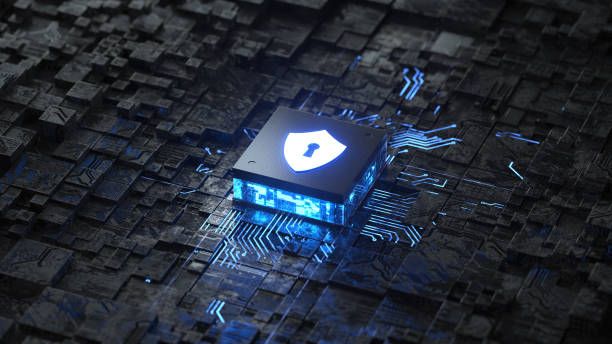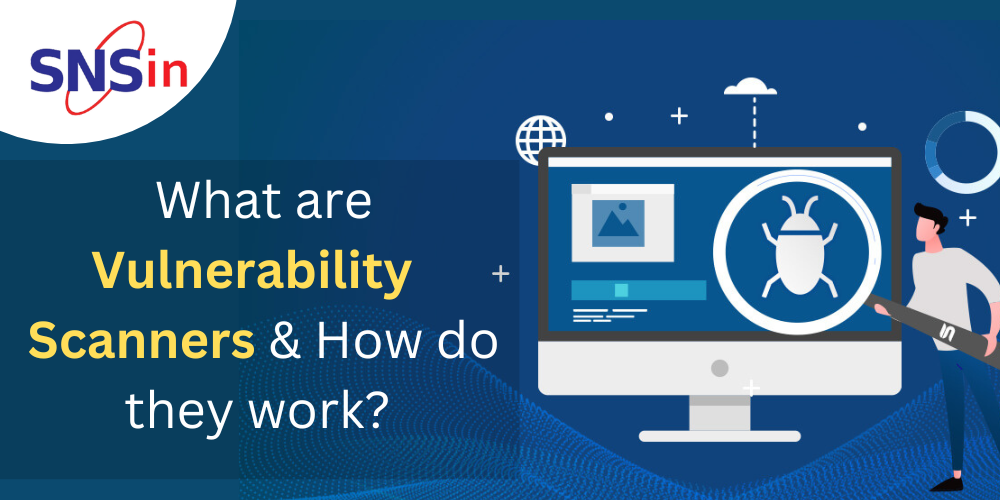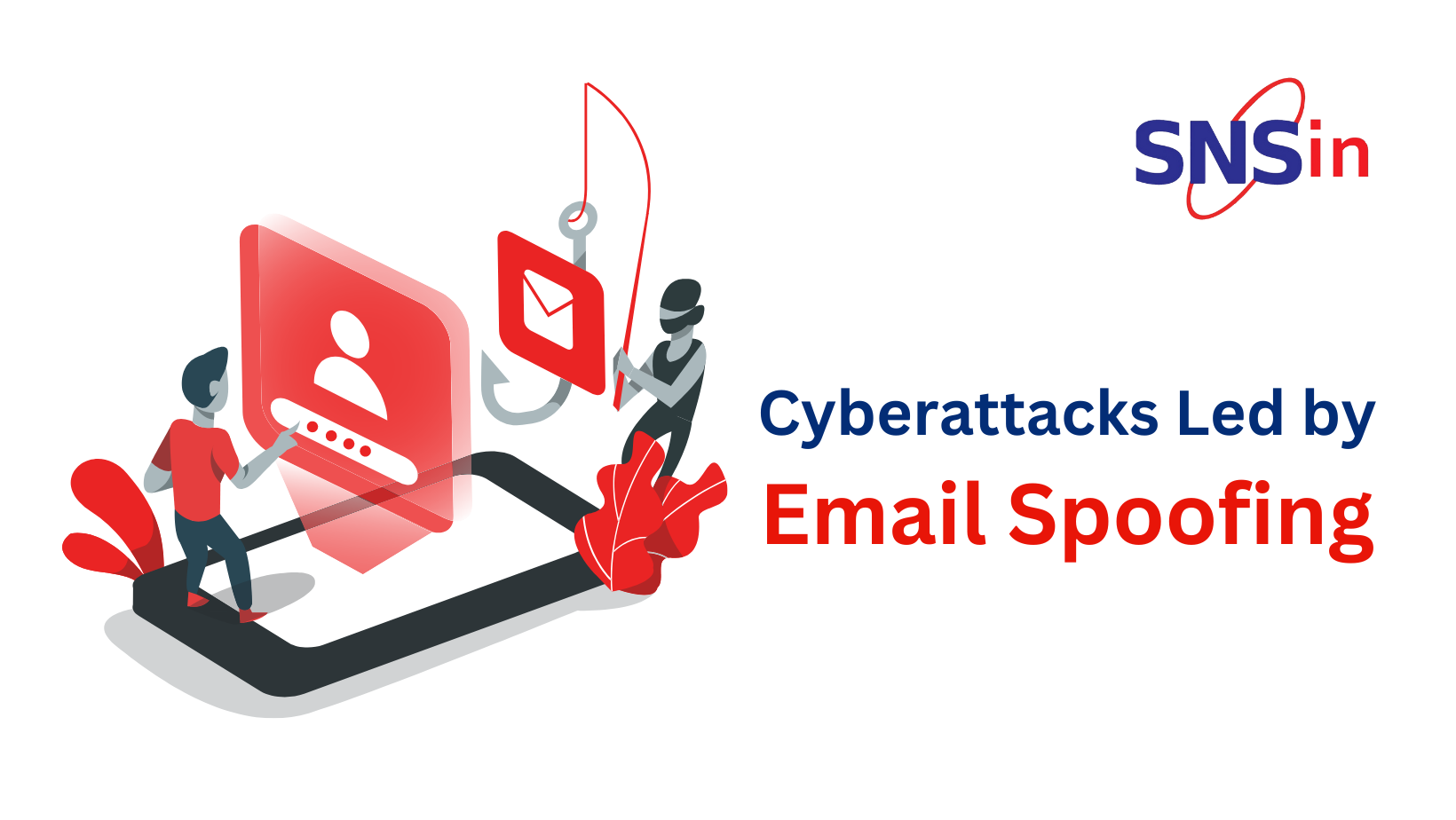security threats emerge. Some recent frauds rely on our impulses to acquire news, make quick money, buy fake branded products at huge discount, promised quick fix pills etc.. In contrast, others are classic attacks that have resurfaced now that we’re more vulnerable than ever due to huge workforce now at WFH. Traditional security solutions, which have been in use for years, will not safeguard an entirely remote workforce unless adapted to changing threat landscape. That implies we need to reassess our security thoughts and strategies right now. In a period of change, the most critical aspect of good security recognizes that you can’t do everything while you can do everything. Because all threats are not equally harmful or likely, and they will not all be exploited simultaneously, the objective of security is not to eradicate all dangers. Discuss risk early and often, and go over triage again and again. The troubles you confront today will not be the same as the risks you face next week. These are the four primary risks that organizations must manage to stay ahead of the curve during this moment of transition:
Manipulation of VPNs
VPNs, or virtual private networks, have become the new lifeline for many organizations, allowing us to connect to encrypted networks from the comfort of our own homes. On the other hand, many home networks are already infected with malware or have compromised hardware that can be used to stage assaults via workstations with VPN facility. Once the VPN is up and running, it’s vital to have endpoint integrity testing and strong authentication in place. There are also VPN vulnerabilities that demand a deeper understanding and internalization rather than blind trust. Many apps that are becoming the new critical IT infrastructure are experiencing new vulnerabilities.Weaponization of Information
In recent weeks, attackers have begun to take advantage of human flaws. Hackers, for example, created a rogue mobile application that imitated a real World Health Organization app. This rogue program might easily be mistaken for a legitimate WHO app by a vulnerable person. The application downloads the Cerberus banking trojan to steal sensitive data after it is installed. These attacks effectively weaponize tools and information, and they can be done with legitimately beneficial programs as well. Previously, attackers had to organize their con to appeal to various interests and lures ( like famous Nigerian lottery emails ), but right now, the entire world is experiencing a common catastrophe. COVID has become a frequent hangout for us, but we can defend ourselves with the correct awareness and education.Email Scams or Phishing
Employees who work from home pose the most significant risk to the security of your network. Employees can unwittingly allow hackers access to your network and your company’s private information by accidentally following cybersecurity worst practices. Employees may be perplexed about how to continue working securely if company activities are abruptly or temporarily changed to remote work. Phishing methods are the most serious cyber threat to remote employees. Phishing schemes involve a person or entity impersonating a legitimate source, typically via email, to trick a victim into providing private login credentials or privileged information, which can be used to break into accounts, steal more confidential information, commit identity fraud, and more. Such incidents can be minimised by constant user awareness training and simulation workshops.Problems because of use to personal devices
According to the studies, 46% of employees acknowledged copying data between their work and home computers when working from home, which is a matter of concern. At the same time, a trend has emerged that allows employees to use their devices at work, known as a “Bring Your Own Device” or BYOD policy. You must be fully informed of the issues that arise when your employees use their devices for work-related purposes. For example, they may leave the firm unexpectedly and keep the secret information stored on their device throughout their job, and you will not have the opportunity to delete it. Furthermore, they may not be maintaining their software up to date, allowing security gaps to develop in your environment. For a good reason, we are constantly emphasizing the need of deploying software patches promptly. As a result, we don’t recommend allowing your employees to use their devices at work because you won’t manage what happens on their endpoints. However if you allow BYOD in your network , then a strict security policy to be devised and followed including compliance check of the BYOD devices before connecting to corporate Network.Summary
In today’s company environment, you must be inventive and competitive, and allowing your workers to work remotely is absolutely a required step. However, remote work has security vulnerabilities that should be addressed before allowing anyone to work from home – whether permanent remote workers or those who work from home for a few hours each month. Only by successfully responding to this challenge will you be able to completely seize this opportunity to boost talent retention, productivity, and work-life balance for your employees.About SNS
Secure Network Solutions India (SNS) provides a quantifiable, risk-based approach to build cybersecurity posture for corporates based on globally recognized frameworks and standards. We have been protecting businesses for the last 20 years! Write to us at [email protected] ![]()




